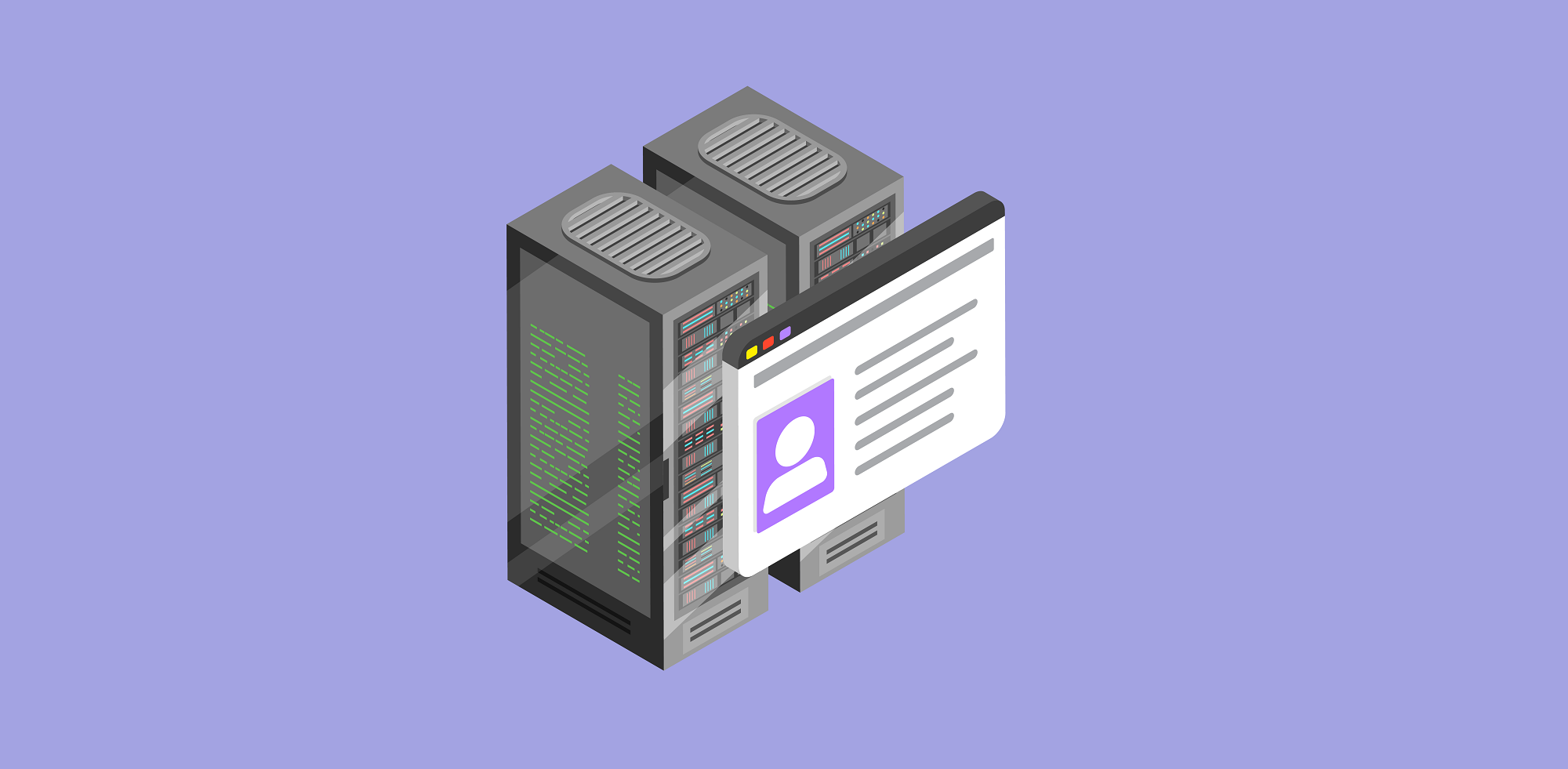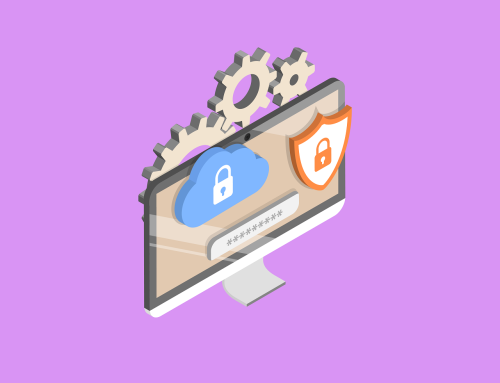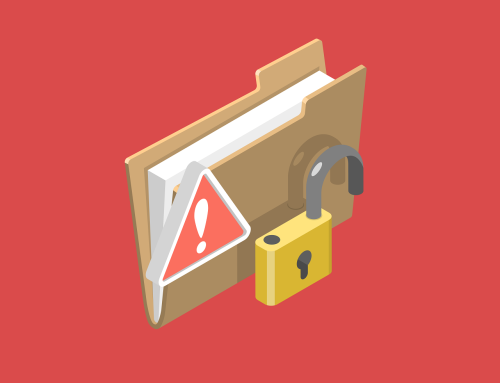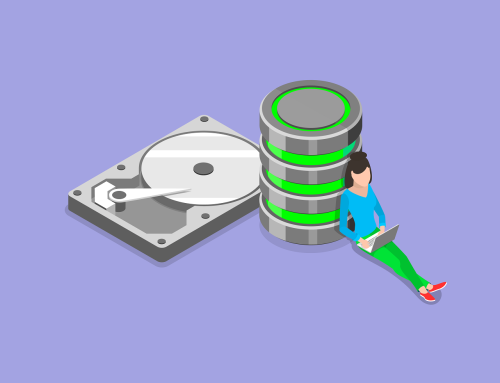Recovering From a Data Breach
Recovering from a data breach is a multi-step process which is aimed at minimising damages, restoring systems, and ultimately preventing any future incidents from occurring within the organisation.
Data breaches often occur as a result of human error, targeted cyber-attacks or malicious insider threats. Organisations have to follow certain steps to get on the road to recovering from a potentially damaging data breach.
Discussed below are some of the main steps an organisation can take in the event of a data breach to help recover from the incident.
Contain the Breach
After the initial breach is identified the organisation needs to contain the breach. It’s important to understand the source of the breach along with its scope.
A team should assemble across all verticals of the organisation to act quickly to contain the breach and follow the steps of your data breach procedures.
Immediate actions include isolating affected systems, disabling compromised accounts and deploying emergency patches.
By following comprehensive protocols laid out by the organisations in advance, data breaches can be effectively contained, limiting their wider impact.
Communicate
General Data Protection Regulation (GDPR) requires organisations to report personal data breaches to the relevant supervisory authority, where the breach presents a risk to the affected individuals. In Ireland this is the Data Protection Commission.
Organisations need to report the breach within 72 hours of becoming aware of it. Breach notifications must be communicated using the ‘Breach Notification Form’ provided by the Data Protection Commission.
All affected parties should be notified of a data breach. This includes customers, employees and partner organisations.
Transparency is key during something like a data breach. All stakeholders should be provided with clear and honest information about what happened and how it affects them.
Investigate
A thorough investigation must be conducted to determine how the incident occurred, along with what data was compromised by the breach.
All findings should be documented for both legal and regulatory purposes. The investigation should uncover the potential larger impact of the breach while helping to get a better understanding of how a breach like this could’ve occurred.
Many organisations opt for third-party cybersecurity experts to conduct the investigation to get a comprehensive view of where faults were present.
Recovery
The next step involves getting everything on the road to recovery. As an investigation is conducted, systems may be taken offline and cause disruption to daily tasks. Recovery often involves restoring affected systems from backups and ensuring they’re clean and secure before bringing them back online.
As individuals impacted by data breaches can be put at risk, it’s always important to support affected individuals. Providing resources and support can help keep customers mind at ease.
In certain instances, compensation may come into play to help minimise damages caused for individuals.
Future Prevention
Data breaches are a relatively common occurrence that often happen as a result of lapses in effective security, human error or malicious intent. Because the ever-evolving threat of a breach doesn’t stop, organisations need to constantly look to future prevention.
There are three main ways of doing this:
Enhanced training
Organisations should put a focus on conducting regular training sessions for employees on cybersecurity awareness with the main goal of helping employees recognise and respond to potential threats.
Regular Security Audits
Organisations need to perform regular security audits and penetration testing for their systems, while continuously monitoring them for unusual activity and vulnerabilities.
Improved Cybersecurity Software
Cybersecurity software plays a major role in keeping out malicious attackers by detecting anomalies or suspicious activity in real-time. Up-to-date software provides comprehensive protection through multi-layered security, including antivirus, anti-malware, and anti-ransomware.
Are you preparing to alter your data management strategy? If so, contact us today on +353 1 8041298, or click on the link below to our contact form.









